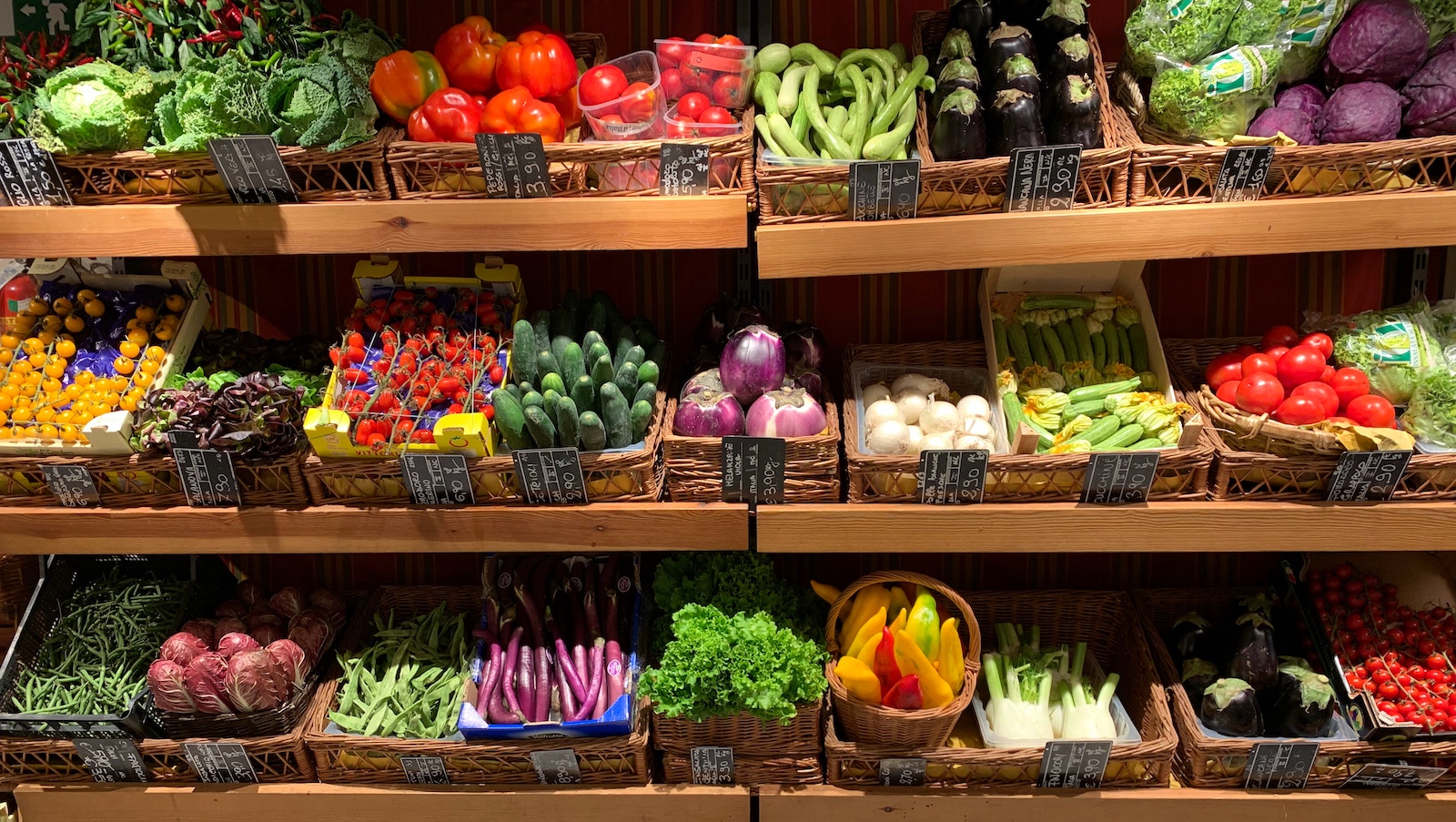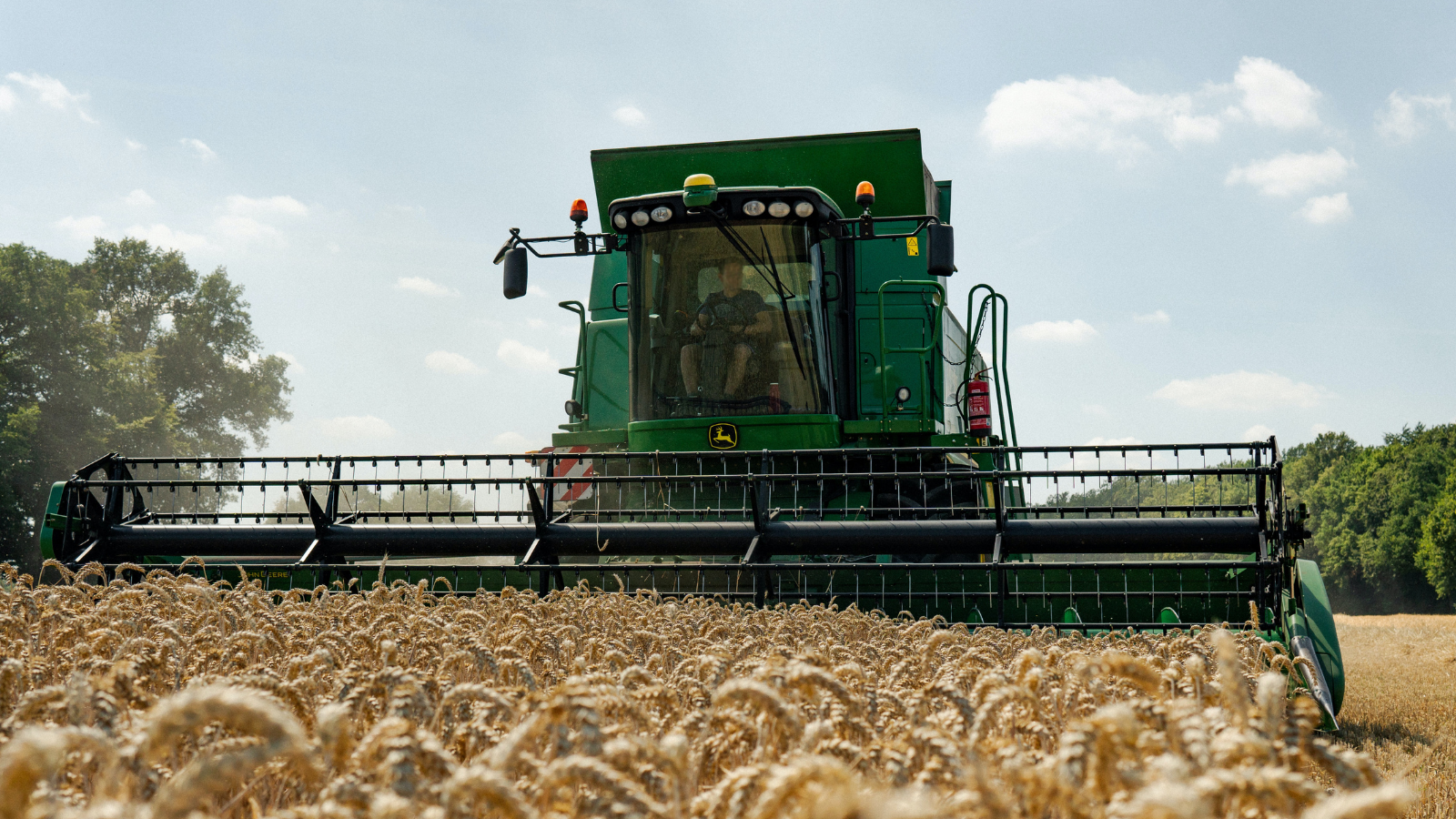
Weird Science 2000
The Brave New World Of Genetic Engineering
Genetic engineering permits scientists to manipulate genetic materials in ways that were once inconceivable. But the technology relies on methods that result in haphazard insertion of genetic elements into a plant's genetic code. This in turn may lead to disruption of complex gene interactions and unintended, potentially catastrophic results. It is a technology that has the power to transform food and the food supply in ways not possible with traditional breeding. Genetic engineering is very different, very powerful and worth a great deal of caution.
Downloads
U.S. PIRG
If you listen to Monsanto, Aventis and even the U.S. Food and Drug Administration (FDA), genetic engineering is merely an extension of traditional plant breeding. These companies and regulators say it is the same thing that farmers and plant breeders have been doing for generations, and that is why the FDA does not require any tests for these crops. But traditional plant breeders have never crossed apples with chickens or strawberries with fish.
Genetic engineering permits scientists to manipulate genetic materials in ways that were once inconceivable. But the technology relies on methods that result in haphazard insertion of genetic elements into a plant’s genetic code. This in turn may lead to disruption of complex gene interactions and unintended, potentially catastrophic results. It is a technology that has the power to transform food and the food supply in ways not possible with traditional breeding. Genetic engineering is very different, very powerful and worth a great deal of caution.
Currently, the process of introducing genes is done through a limited number of relatively crude methods resulting in haphazard placement which in no way can be described as precise. The inability of developers of genetically engineered crops to fully understand what genes they are inserting into a plant cell was dramatically revealed in May 2000. Monsanto disclosed that its genetically engineered soybeans-their largest selling genetically engineered crop-contained gene fragments that scientists had not intentionally inserted. Neither Monsanto nor government regulators had any idea the supposedly inactive pieces of genetic material were inserted during the process of engineering the crop.
The science of genetic engineering as applied to agriculture has other fundamental differences with traditional plant breeding. One is that scientists insert marker genes, frequently one that codes for antibiotic resistance, in addition to the gene with the desired trait. This process raises serious questions since these genes may exacerbate the problem of antibiotic resistance in the general population. Another difference is the use of powerful “promoters,” usually disabled plant viruses, to increase the expression of the gene in the new plant. These promoters may create problems of their own, such as turning on or off genes in the host plant, or they may become a major source of new viruses arising from recombination.
There have been unexpected results in the field of genetically engineered plants. A field test of genetically engineered petunias that were designed to produce one color wound up having wildly fluctuating results in the field. An experiment on a plant in the mustard family found that a species that was normally self-pollinating and had very low rates of cross-pollination changed dramatically when it was genetically engineered. And after being commercialized, both genetically engineered cotton and soybeans have had unexpected problems, including massive crop failures.
Using genetic engineering, scientists can, for the first time, insert genes from different species, families or even kingdoms, something inconceivable in traditional breeding. Despite all of the unknowns, proponents of genetic engineering continue to push forward with previously unheard of combinations. Some of these combinations that have been field tested in the U.S. Include:
- Chicken genes in apples and corn
- Human genes in corn, potatoes and rice
- Mouse genes in potatoes
- Cow genes in soy and sugarcane
- Flounder genes in tomatoes
Genetic engineering is an imprecise and haphazard technology-something completely different from traditional plant breeding. Since its inception, biotechnology companies have clearly demonstrated that scientists cannot control where genes are inserted and cannot guarantee the resulting outcomes. Unexpected field results highlight the unpredictability of the science, yet combinations previously unimaginable are being field tested and used commercially.
To protect public health and the environment, Genetically Engineered Food Alert calls for the following: Genetically engineered food ingredients or crops should not be allowed on the market unless:
- Independent safety testing demonstrates they have no harmful effects on human health or the environment,
- They are labeled to ensure the consumer’s right-to-know, and
- The biotechnology corporations that manufacture them are held responsible for any harm.
Topics
Find Out More


Out to Pasture

The food we waste could end hunger

